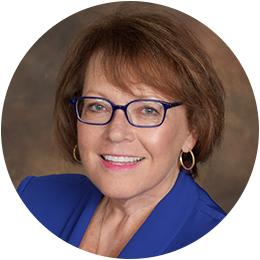
As much we wish it weren’t so, natural disasters are a reality we must all contend with. Be it a raging tropical storm, a devastating earthquake, an uncontained fire or a pandemic, it is vital that our organizations are prepared to handle physician privileging in an organized manner in order to ensure that there are enough practitioners available to handle whatever may come our way.
Being prepared for a disaster starts with familiarizing yourself with your organization’s disaster and emergency privileging policy. It’s not uncommon for those documents to live in a forgotten drawer collecting dust, but as we’ve seen over the past year, it’s very important that these documents are read and understood. It’s also important to be clear on the difference between disaster privileging and Locum Tenens.
Disaster Privileging
Disaster Privileging is an expedited method of verification that allows an organization to get physicians approved during a disaster quickly. A practitioner that has been granted disaster privileges may continue to provide care, treatment, and services under the disaster privileging option for the period of time during which the organization is operating under its Emergency Operations Plan (EOP). Obtaining disaster privileges requires two steps:
- Verify provider identity with a government-issued ID, such as a driver’s license or passport
- Verify licensure within the state—in some cases, states have waived the need to be verified in the same state, so it is up to the organization to follow their state’s protocols
Locum Tenens
Locum Tenens: Refers to a person who temporarily fulfills the duties of another. After a disaster, when you are moving into an operational mode, Locum Tenens is the correct way to authorize physicians to practice.
To facilitate Locum Tenens, we suggest a standardized process that starts with a centralized system to help expedite the procedure. It’s a good idea to build a process specific to Locum Tenens before disaster strikes. A complete package for Locum Tenens should include:
- A signed Locum Tenens temporary privileges application, release and attestation
- Signed temporary privileging form(s)
- Signed temporary privilege action page
- Long-form practitioner profile—shows primary source verification of education and training, current licensure and certifications (including DEA and Board Certifications), current insurance coverage, affiliations, and peer references
- Copy of a medical license and report to ensure that there are no outstanding actions against the applicant
- National Practitioner Data Bank (NPDB) report
- Primary hospital verification letter showing the practitioner is in “good standing.”
Once these documents are collected, they should be bundled into a packet for the medical staff to review. Of course, it’s imperative to ensure this process follows organizational bylaws, as well as Joint Commission regulations. Once the Locum Tenens physicians are credentialed, you can then share their names with the facilities that they will be working at so they can be activated in their systems and start providing care.
The most important thing about Disaster Privileging and Locum Tenens is to be able to maneuver this process during times of inordinate amounts of stress. Familiarizing yourself with the process during calmer days will help you perform when fires are raging down the street! To learn more about how CredentialStream can help you with credentialing in a crisis, get in touch! As always, we’re here to help!
